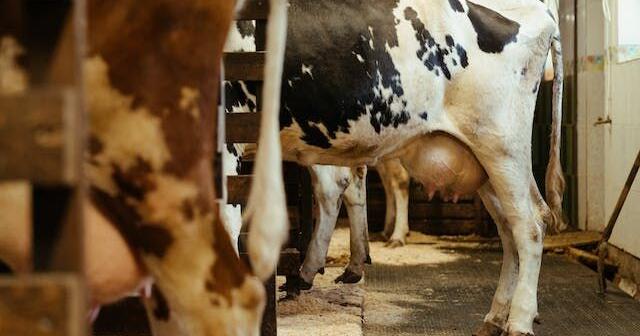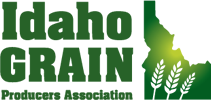This post was originally published on this site
Article Source: University of Idaho Study Indicates That Idaho's Agricultural Sector Achieved Record Sales for Four Primary ... - Big Country News

MOSCOW – Idaho’s agricultural sector demonstrated resilience in 2023, overcoming challenges in the dairy market to achieve a second consecutive year of robust cash receipts, as revealed by a recent economic report from the University of Idaho.
According to the report titled “The Financial Condition of Idaho Agriculture: 2023,” compiled by U of I agricultural economists Brett Wilder and Xiaoxue “Rita” Du, the state’s agricultural cash receipts for the year amounted to $11.157 billion. Although this figure represents a marginal 1% decline from the record high of the previous year, it underscores the sector’s overall stability.
The report highlights remarkable achievements in four major crop categories, contributing to the positive financial outcome. Idaho farmers saw record revenue from sugar beets (up 25%), potatoes (up 14%), cattle and calves (up 18%), and barley (up 17%). The economists presented their findings during the Idaho Ag Outlook seminars held in various locations across the state in December.
Wilder commented on the positive trend, stating, “We’ve had back-to-back excellent years to be in Idaho agriculture. We’ve had all-time record highs in four commodity groups.”
However, the dairy sector faced an 18% decline in revenue, representing nearly a third of the state’s total agricultural cash receipts. Despite this setback, Idaho remains the nation’s third-largest dairy producer, with production values exceeding $3.5 billion in 2023. The struggles of Idaho’s dairy industry were further evidenced by payouts from the U.S. Department of Agriculture’s Dairy Margin Coverage Program throughout the year.
The report estimates a farm profit decrease of 11% in 2023, totaling $3.769 billion after expenses. Despite this reduction, it follows a record 112% net farm income increase in the previous year.
Increased expenses, largely attributed to high interest rates, contributed to the profit decline. Interest expenses for farmers are projected to rise by 42% to $714 million in 2023, and government payments are expected to decrease by 22% to $153 million.
Looking ahead to 2024, economists predict growth in milk prices due to the U.S. having the most competitive dairy prices, potentially boosting exports. Additionally, Idaho is set to expand its dairy processing capacity.
While feed prices are expected to decrease, the market for cattle and calves is anticipated to be strong in 2024. Wilder emphasizes a positive outlook for the beef industry, citing tight inventory and strong demand.
Cost predictions for 2024 include steady or slightly declining farming inputs, with some increases in seed costs and hired labor expenses. Despite an increase in the average loan rate throughout the past year, the Federal Reserve is expected to begin cutting interest rates in 2024.
Wilder anticipates a modest drop in agricultural cash receipts in 2024, stating, “My expectation in 2024 is we should be down below $11 billion but still above $10 billion unless something catastrophic happens.”

